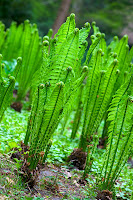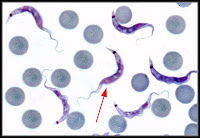Evolution is a big theme in the book. Jonathan Weiner tries to emphasize the importance of evolution in his book by bringing out the fact that there is currently 13 different types of finches on the Galapagos Islands. What started off as one species has now become 13. The reason for this is because the birds started to be separated on different islands and adapting to different niches: food, environment, etc.
"Beaks are to birds what hands are to us." (50)
Although this book mainly focuses on birds and their changes on the island, but out there in the natural world there are tons of animals that abide by this rule. There are plenty of animals that also change and adapt. Natural selection occurs in changes in things that may not be noticeable, like different spot patterns in guppies.
"The survivors would bend and twist and diverge to either side as if to minimize competition making themselves as different as possible." (55)
Evolution occurs because it is necessary for only one type of animal occupy one niche at one time. When there are two different species occupying a niche, competition will arise. Competition will result in one species to change and adapt to a different environment.
"The survivors would bend and twist and diverge to either side as if to minimize competition making themselves as different as possible." (55)
Evolution occurs because it is necessary for only one type of animal occupy one niche at one time. When there are two different species occupying a niche, competition will arise. Competition will result in one species to change and adapt to a different environment.









